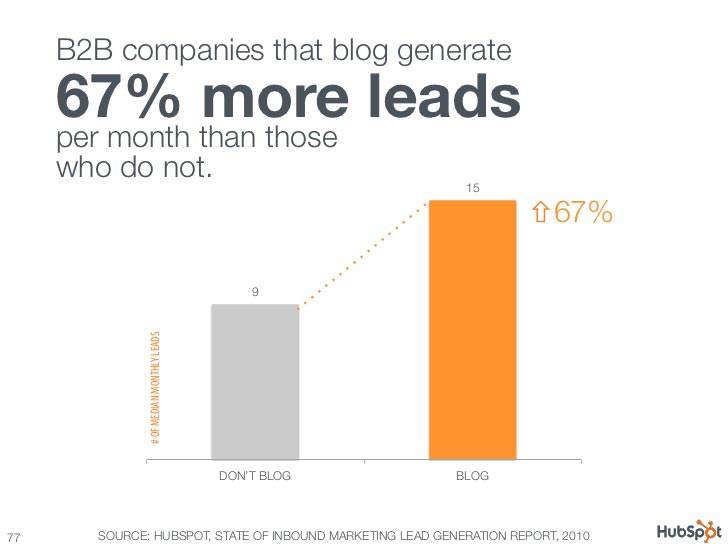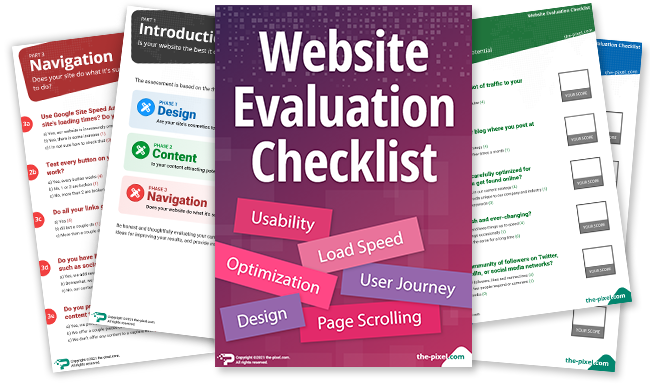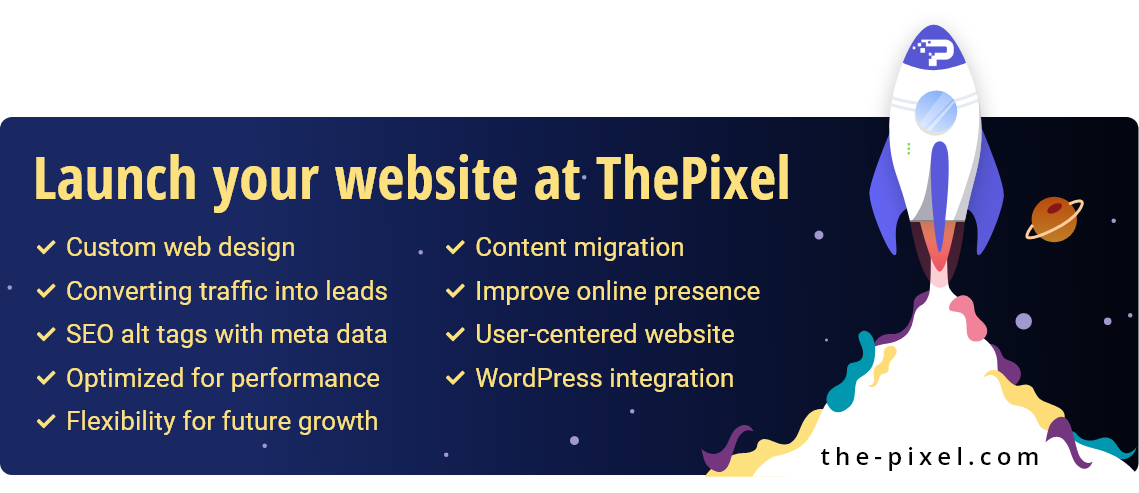What is the Process of Lead Generation?
What is the Process of Lead Generation?
Many SEO strategist believe lead generation is the best inbound marketing solution.
Lead generation is the process of attracting leads (your potential customers) into a contact management or marketing software system with the hope of nurturing them throughout the buying process to help convince them about your offerings and then convert them into a paying customer.
The strategies used to generate these contacts are put in place by your business to ensure that your leads are quality and worth nurturing for the future.
Lead generation is all about building trust with your audience and educating them about your industry and offerings along the way.
1. Acquire Leads
Start acquiring leads by generating engaging content that can be shared throughout your various marketing channels. Create content about your business in the form of eBooks, blog posts, white papers, photos, infographics or whatever else that would fit your business and your audience. Distribute this content across your blog, Facebook, Twitter, LinkedIn, SlideShare, other social channels, email and wherever your potential customers are active. Find out which social media platform is best for your business.
Some of your content should be short form, like blog posts, tweets, photos and short video clips, that requires no barrier to read, view or consume, while some of your content should be longer form that requires a form to access like an eBook, free course, white paper, infographic or an instructional video.
Once a lead has made it to the point of interest in viewing a long-form piece of content, they fill out a signup form becoming a part of your contact management system, email list or both. This visitor is now a newly acquired lead.

2. Nurture Existing Leads
Once a lead is a part of your CMS or email list, it is important to continuously nurture them to ensure they move through the sales funnel when the time is right or to encourage another purchase. Retaining their interest in being part of your email list is vital. It’s time to work to build this lead into a long-term relationship that involves both trust and loyalty with your business.
Setup email autoresponders that trigger customized emails to send to a lead if they download a certain amount of content from your website, try a product trial after they make a purchase if you are offering a daily deal or any other interaction a lead might be having with your website and its content.
The entire process of nurturing a lead could take anywhere from a month to more than 12 months to convert them into a customer, if not longer. Take your time with building the relationship over the phone, through email and focus on when the customer will be ready to take the next step with your company.
3. Score Each Lead
Scoring leads allow your business to understand which leads in your system are more valuable than others. A valuable lead is one that is interacting more with your business online whether they are downloading more content or viewing more web pages as compared to other leads.
Focus your team’s efforts on nurturing better quality leads that will have a greater impact on your sales since these leads are already interested in your content and services, closer to converting to a customer than other leads with a lower score.
Analyze the rise and fall of your lead’s score to better understand what stage in the process most leads begin to fall off and how can this be corrected, as well as when most leads are ready to be passed off to sales.
4. Pass Along Leads to Sales
Setting the different stages in your own lead management process is important for the continual flow of leads from beginning to end of the sales funnel. The lead generation process of reaching leads, retaining interest, nurturing leads to prevent them from dropping off and establishing their desire to interact with your company is the focus of the marketing team.
The sales team should focus on moving the desire a customer has, that was originally spurred by the marketing team, to action in the form of a conversion. Once a customer has bought from your company, it is the sales team’s responsibility to enrich the experience with existing customers and retain them over time.
Look at your leads and create definitions for a lead ready to be passed on to sales as opposed to a lead that still needs to be nurtured by the marketing team.
Some common ways to define a sales-ready lead is if there is a healthy profile created about them from different data points, their lead score is high, certain behavioral attributes show there is high interest, they appear to have a budget, the authority and need of your services and lastly, their timeline implies that the entire buying process must be expedited.
5. Evaluate Lead Generation Process
The entire lead generation process should be under scrutiny by your team to ensure that it is as effective as possible in bringing in new leads, nurturing them, converting them into customers and retaining those customers over time.
One of the most successful ways to have a measurable impact on your lead process is by identifying where your leads drop off and attempting to resolve the issue while learning how to recapture the leads that were lost.
Many leads drop off before they are passed to sales because there was an interest in your company but it did not develop enough to move from an interest into a desire. These warm leads can be recaptured, but this costs more time, money and effort from the marketing team, which is why it’s important not to lose them in the first place.
Marketing analytics can also help your team continue to understand if certain benchmarks are being reached such as an increased flow of traffic to your website if more visitors are signing up to your list, an increased conversion rate, more time spent on your website etc.
Monitor these benchmarks and more to determine whether they are directly impacting a leads journey through the funnel and helping to prevent them from losing interest in your business. Constantly experiment and test out new iterations of the process to understand what works best for your organization as a whole.

Conclusion
Companies that pay attention to each of these steps, especially in the early planning stages, and devote the right resources and budget, tend to perform better than the competition. The process isn’t simple, and ignoring any of these steps can lead to poor outcomes.
Building a killer process, on the other hand, leads to sustained growth and profitability.
Hire ThePixel to build your next website!
Since our founding in 2008, we’ve created and launched many types of business websites. Over the last decade and we’ve learned a thing or two! That’s why we’re masters of our craft, let us help you build the website of your dreams – one that generates traffic, leads and conversions.
Are you ready to start? If yes, contact ThePixel and one of our representatives will guide you through the website phases and how the process works either by a Zoom Meeting or phone.


